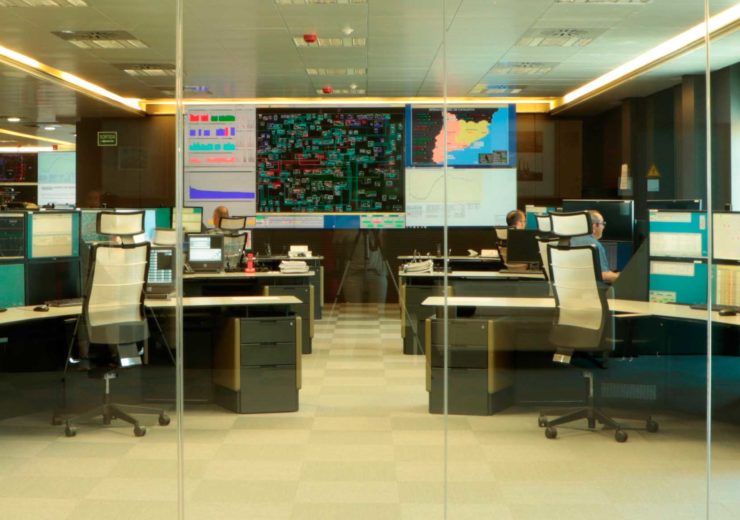From these control centres, more than 1,280,000 operations are carried out by remote control in real time annually to maintain the security and quality of the electricity supply

Interior of a control centre. (Credit: Endesa Energía, Endesa S.A.)
Endesa has adopted all the security measures at its disposal in the five electricity grid control centres that it has in the regions where it operates as a distributor (Andalusia, Aragon, the Balearic Islands, the Canary Islands, Catalonia and Extremadura) to ensure the quality of the electricity service in the face of the state of emergency implemented to manage the health crisis caused by COVID-19.
The grid control centres are the nerve centres of the electricity system from which the transformation and distribution of electrical energy from the transmission grid to its final consumption is controlled and supervised 24 hours a day, 365 days a year. Their correct operation is, therefore, the key to guaranteeing such an essential service for society.
In the context of the exceptional circumstances caused by the coronavirus, at the beginning of this health crisis Endesa implemented an Emergency Operational Plan to ensure the performance of these control centres. The measures undertaken include their duplication, activating twin spaces from which the grid can be managed in parallel; the interoperability of the different centres and positions, sharing management from different points; separating employees into groups to prevent possible contagion; as well as taking extreme measures relating to cleanliness and hygiene, both personal and in the workplace.
Also, because they constitute an essential point within the electricity system, these centres have a series of protection measures aimed at guaranteeing their operation through automatic switching, with more than one electrical source for switching if necessary; Uninterruptible Power Supplies (UPS), through batteries and other energy storage elements; and generator sets; that come into operation if a power cut persists.
This all allows exhaustive work to be carried out from these control centres to supervise and monitor the more than 19,500 km of high voltage lines, 115,900 km of medium voltage lines, 1,275 substations and 151,700 transformer stations that make up the Endesa grid in order to be able to respond immediately if anything unforeseen arises.
Furthermore, these control centres are directly connected to Endesa’s call centre, where the reports from customers who have noticed a problem in their supply arrive, in order to offer unified management of all the company’s resources. Similarly, these control centres also offer an exclusive technical information service to local authorities, with the aim of coordinating the management of possible incidents with the technical services in the local councils; as well as with local and regional emergency services and the state security forces.
Digitisation of the power grid
Thanks to the progress in improving and digitising Endesa’s grid, with the incorporation of remote controls that allow operation from a distance, the CORE can take immediate action in the event of any incident, significantly reducing response time, and having a positive impact on the quality of the supply to the Company’s more than 12,449,500 customers.
Remote controls are elements that make it possible to improve the management of electricity grids through automation; the company is thus able to carry out activities remotely and in real time without the need to send a technical crew to the area to carry out the initial operations. In this way, in the event of an incident, the intervention times in the facilities are reduced, shortening the reinstatement period for the electricity service.
Thanks to these remote controls, it is possible to improve the operability and flexibility of the electricity distribution grid, which results in an increase in the quality of the service.
Source: Company Press Release
